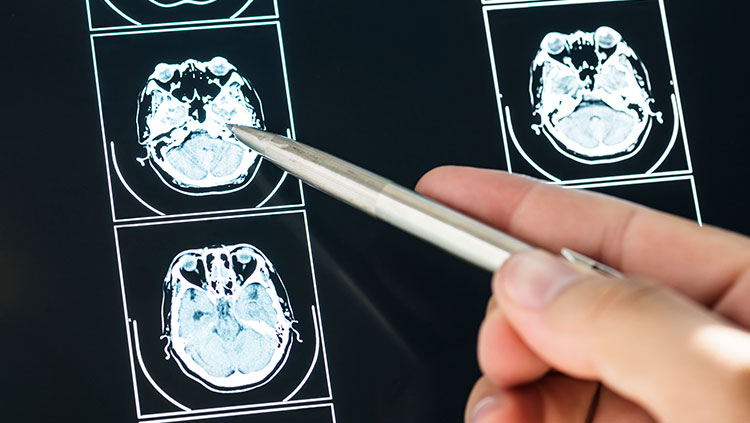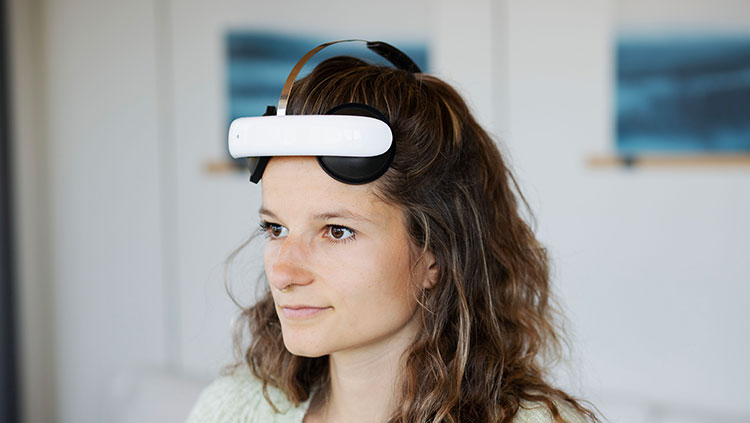ICYMI: COVID-19 Linked to Rare Brain Disease
- Published8 Apr 2020
- Author Alexis Wnuk
- Source BrainFacts/SfN

These were the top neuroscience stories for the week of March 30, 2020.
COVID-19 Linked to Rare Brain Disease
As the number of cases of COVID-19 continues to rise, rare and life-threatening consequences are coming to light. A case report published March 31 in Radiology describes the first possible case of a serious brain disease in someone with COVID-19. A woman in her late 50s developed acute necrotizing encephalitis, a rare complication of viral infections, including influenza. It can cause confusion and seizures and in severe cases can lead to coma. Brain scans revealed damage in the thalamus and other parts of the brain.
Big picture: The doctors couldn’t directly attribute the brain damage to the novel coronavirus. But they suggest doctors monitor patients’ mental status. Sudden confusion and an inability to rouse are among the CDC’s list of symptoms that warrant immediate medical attention.
Read more: Some Coronavirus Patients Show Signs of Brain Ailments (The New York Times)
Characteristic Facial Expressions May Signal Emotional States in Mice
A smile is a universal expression of happiness. Wide eyes and gaping mouth signal surprise. It turns out mice have their own unique facial expressions, albeit much more subtle than ours. In a study published April 3 in Science, scientists used machine-learning techniques to classify the facial expressions of mice. High-speed cameras captured the mice as they were exposed to various stimuli, like receiving sugar water or getting a tail shock. A machine-learning algorithm analyzed the footage and determined the characteristic facial expressions for different emotional states. The researchers also recorded the mice’s brain activity and found activity in the insular cortex correlated with facial expressions.
Related: The Anatomy of Emotions
Read more: Mice’s facial expressions can reveal a wide range of emotions (Science News)
AI Turns Thoughts Into Text
We may be one step closer to mind-reading brain-machine interfaces. In a study published March 30 in Nature Neuroscience, researchers trained an artificial neural network to decode electrical activity in the brain into text. The four participants in the study were undergoing treatment for epilepsy and had electrodes implanted in their brains to monitor for aberrant electrical activity contributing to seizures. The participants read 30-50 sentences aloud while the researchers recorded their brain activity. They fed the recordings to an artificial neural network that identified the neural signatures behind various aspects of speech. A second neural network decoded this signal back into text with error rates as low as 3%, comparable to professional speech transcription.
Related: Brain-Machine Interfaces: Converting Thoughts Into Action
Read more: Mind-reading AI turns thoughts into words using a brain implant (New Scientist)
CONTENT PROVIDED BY
BrainFacts/SfN
Also In Neuroscience in the News
Trending
Popular articles on BrainFacts.org


















